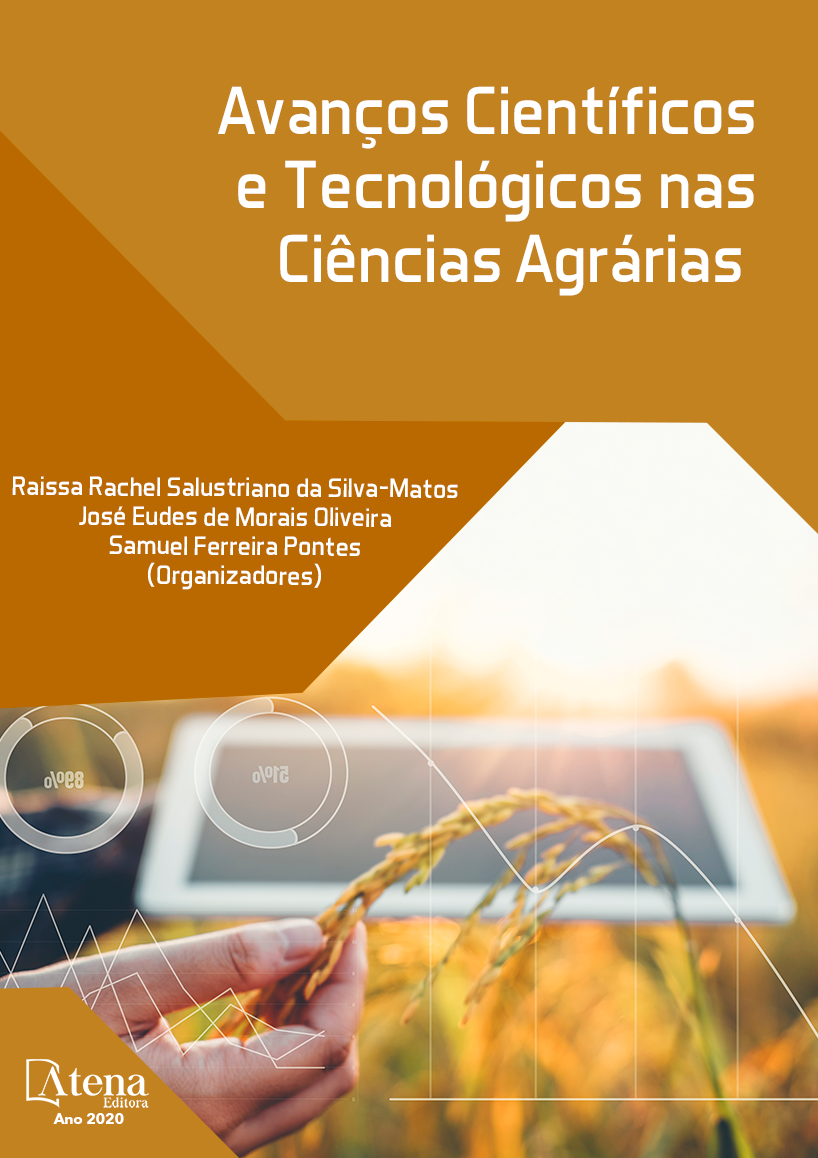
AVALIAÇÃO DO TEOR DE GORDURA DO LEITE DE CABRA
Leite de cabra tem sido identificado como alimento saudável, caracterizado por menor potencial alérgico, maior digestibilidade e maior absorção quando comparado ao leite de origem bovina. Esses benefícios, devem-se, em parte, por características intrínsecas da sua porção lipídica. Assim, o objetivo deste trabalho foi avaliar o teor de gordura de 150 amostras de leite de cabra coletadas mensalmente, durante três meses. Após as coletas, as amostras foram destinadas à análise laboratorial na Clínica do Leite, laboratório credenciado ao Ministério da Agricultura, Pecuária e Abastecimento. Os dados obtidos após as análises foram submetidos a análise de variância e as médias comparadas pelo teste de Tukey a 5% de probabilidade, pelo programa SISVAR. Na primeira coleta a média de gordura do leite foi de 4,09% (m/m), na segunda 3,36% (m/m) e na terceira 2,88% (m/m). O teor médio de gordura diminuiu ao longo do período avaliado, sendo que a média da última coleta está em desacordo com as recomendações legais, que estabelece limite mínimo de 2,9%. A gordura é o constituinte do leite que mais sofre variação em função da dieta e como as coletas aconteceram entre a primavera e o verão, onde há uma elevada temperatura e umidade, os animais podem ter tido redução na ingestão de matéria seca e aumentado a seleção de alimentos, resultando em menor ingestão de forragens. Além disso, a fase da lactação também interfere no teor de gordura, sendo que no início da lactação, o leite apresenta maiores teores quando comparado ao final da lactação. Dessa maneira, deve-se pensar em uma mudança de alimentação para os animais, a fim de se aumentar a ingestão de conteúdo fibroso nessa época do ano e garantir um produto com o teor de gordura dentro do limite estabelecido pela legislação, nos diferentes estágios de lactação.
AVALIAÇÃO DO TEOR DE GORDURA DO LEITE DE CABRA
-
DOI: 10.22533/at.ed.61420190316
-
Palavras-chave: qualidade, benefícios, caprinocultura
-
Keywords: quality, benefits, goat farming
-
Abstract:
Goat milk has been identified as a healthy food, characterised by a lower allerginicity, higher digestibility and higher absorption when compared to cow milk. These benefits, occur, partially, by characteristics inherent to it's lipid quantity. Therefore, the objective of this study was to evaluate the fat content of 150 samples of goat milk collected monthly during three months. Following the collection, the samples were sent for laboratory analysis at Milk clinic, a laboratory accredited by the Ministry of Agriculture, Livestock and Food Supply (MAPA). The data obtained through the analyses were submitted to analysis of variance and the means were compared by the test of Tukey at probability 5%, by the program SISVAR. In the first collection the milk fat mean was 4.09%, in the second 3.36%, and in the third 2.88%. The average fat content decreased over the accessed period, showing that the last collection's mean is in disagreement with the legal recommendations, which determines the minimal limit to be 2.9%. Fat is the milk component that suffers greater variation depending on diet, and as the collections happened between spring and summer, when there is an elevated temperature and humidity, the animals might had ingested less dry matter and the food selection increased, resulting in a lower ingestion of forage. Additionally, the stage of lactation also interferes in the fat content, for instance, when the lactation begins, the milk exhibits greater fat contents compared to the end of lactation. Therefore, a transition in animal feeding must be considered, aiming to increase the ingestion of fibrous matter during this time of the year and to guarantee a product with a fat content within the limits established by legislation, in the different stages of lactation.
-
Número de páginas: 8
- Jefferson Filgueira Alcindo
- Vanessa Aglaê Martins Teodoro
- Almira Biazon França
- Rafael Ferreira de Araujo
- Natália Oliveira Fonseca
- Ana Paula Moura Rezende
- Mariana dos Santos Silva
- Daniela de Melo Aguiar
- Rubia Dalla Costa Schwaab
- Viviane de Souza
- Fabíola Fonseca Ângelo
- Mateus Fagundes Lopes


